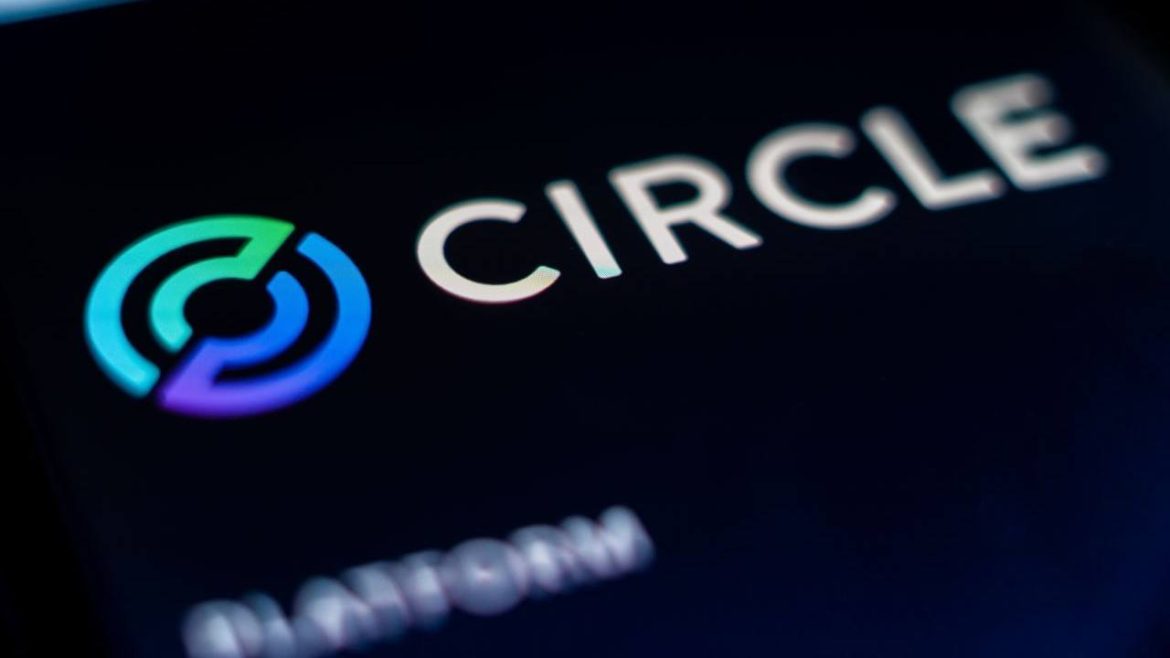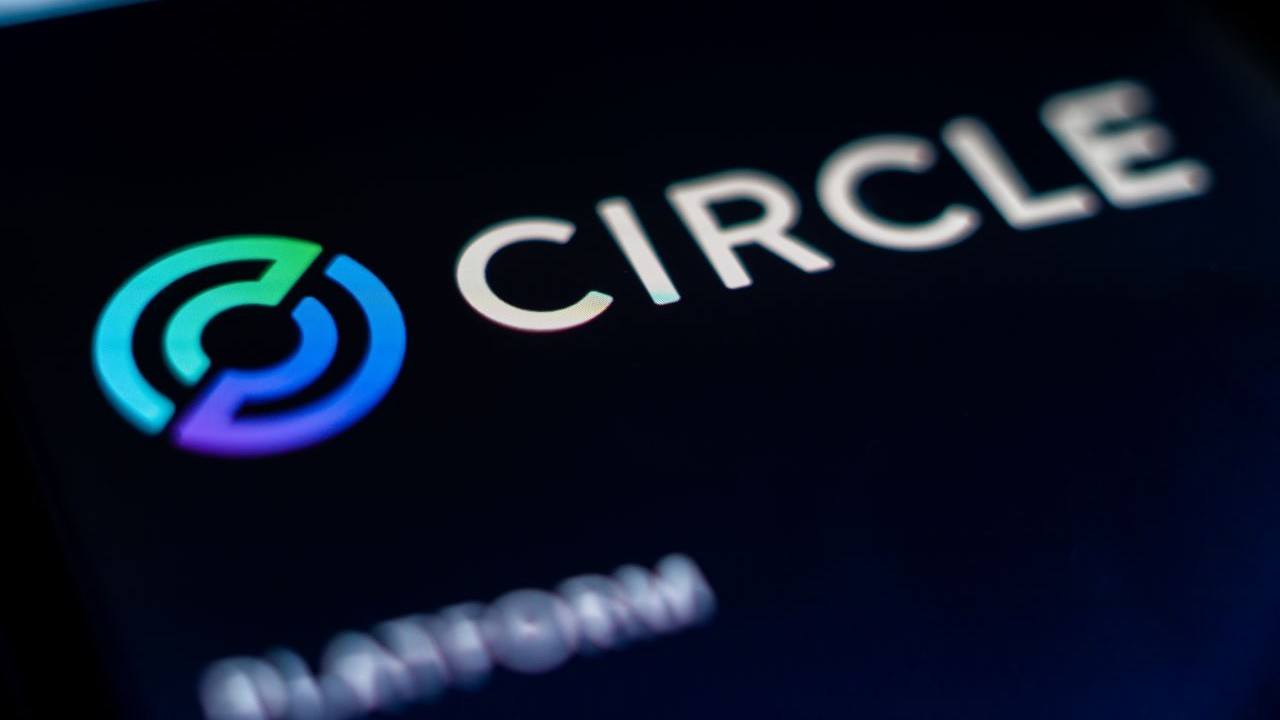Navigating the Cross-Chain Conundrum: How Circle Gateway is Reshaping USDC Liquidity
The Fragmented Landscape of Crypto Liquidity
The cryptocurrency ecosystem has grown exponentially, with numerous blockchain networks offering unique features and capabilities. However, this proliferation of chains has created a fragmented liquidity landscape, where assets are often siloed within individual networks. This fragmentation poses significant challenges for users and developers alike. Imagine trying to manage your finances if every bank operated in complete isolation. Transferring funds would require convoluted processes, hefty fees, and significant delays. This fragmented experience mirrors the current state of liquidity across different blockchain networks. While the promise of decentralized finance (DeFi) is global and seamless, the reality is often hampered by the need to “bridge” assets across chains—a process that can be cumbersome, expensive, and fraught with security risks.
Bridging typically involves locking up assets on one chain and minting a corresponding representation on another. This introduces complexities such as reliance on third-party bridge operators, potential slippage due to liquidity limitations, and the risk of bridge exploits that have plagued the crypto space. The need for pre-funding and rebalancing across multiple chains further complicates matters for developers and users alike. For instance, a user looking to move USDC from Ethereum to Solana would need to interact with a bridge, which may involve high gas fees, delays, and the risk of smart contract vulnerabilities. This fragmented landscape not only hampers user experience but also limits the potential of DeFi by creating inefficiencies and barriers to entry.
Enter Circle Gateway: A Unified Approach to USDC Liquidity
Circle, the issuer of USD Coin (USDC), has introduced Circle Gateway, a developer tool designed to address these challenges head-on. The core concept behind Circle Gateway is to provide a unified USDC balance that can be accessed in real-time across supported chains, abstracting away the complexities of bridging. Think of it as having a single global account that can seamlessly interact with various blockchain networks. This eliminates the need for manual bridging, pre-funding, and rebalancing, paving the way for a more fluid and efficient cross-chain experience.
Circle Gateway leverages Circle’s existing infrastructure and regulatory compliance to offer a secure and scalable solution. By unifying USDC liquidity across multiple chains, Circle Gateway simplifies the process of moving assets between networks, reducing the need for intermediaries and minimizing the risks associated with bridging. This approach not only enhances user experience but also opens up new possibilities for DeFi applications, such as cross-chain lending, borrowing, and arbitrage. For example, a DeFi protocol could use Circle Gateway to automatically rebalance USDC liquidity across different chains based on demand, ensuring optimal capital efficiency and reducing the risk of liquidity shortages.
How Circle Gateway Works: A Technical Overview
At its heart, Circle Gateway utilizes a non-custodial smart contract. Users deposit USDC into this contract, creating a unified balance. Developers can then leverage Circle Gateway’s API to facilitate cross-chain transfers and interactions. This approach offers several key advantages:
- Frictionless Cross-Chain Transfers: Users can initiate cross-chain transactions with a single click, without needing to switch networks or manually move assets.
- Unified Balance Management: Developers gain a consolidated view of USDC balances across multiple chains, simplifying accounting and reconciliation.
- Scalable Integration: Circle Gateway is designed for scalable integration across a growing number of supported chains, future-proofing applications for the evolving multi-chain landscape.
- Non-Custodial Model: Users retain control of their USDC at all times, enhancing security and reducing counterparty risk.
The non-custodial model is particularly important, as it ensures that users maintain full control over their assets. This is in contrast to some bridging solutions, which require users to trust third-party operators with their funds. By eliminating the need for intermediaries, Circle Gateway reduces the risk of hacks, exploits, and other security vulnerabilities. Additionally, the unified balance management feature simplifies the process of tracking and managing USDC across multiple chains, making it easier for developers to build cross-chain applications.
Beyond Bridging: The Advantages of Native Cross-Chain Transfers
While Circle Gateway simplifies bridging, Circle is also focusing on native cross-chain transfers using its Cross-Chain Transfer Protocol (CCTP). CCTP enables USDC to be transferred natively between supported blockchains, eliminating the need for wrapped tokens and intermediary bridges. This approach offers enhanced security and efficiency, as it relies on Circle’s infrastructure and security protocols.
The combination of Circle Gateway and CCTP positions Circle to provide a comprehensive suite of cross-chain solutions, catering to different use cases and developer preferences. For instance, CCTP can be used for direct transfers between chains, while Circle Gateway can be used to manage and track USDC balances across multiple networks. This dual approach ensures that users and developers have the flexibility to choose the solution that best fits their needs.
The Ripple Effect: Implications for the DeFi Ecosystem
The introduction of Circle Gateway has far-reaching implications for the DeFi ecosystem:
- Enhanced User Experience: The simplification of cross-chain transfers will make DeFi more accessible to a wider audience, attracting new users and driving adoption.
- Increased Liquidity: By unifying USDC liquidity across chains, Circle Gateway can unlock new opportunities for arbitrage, lending, and other DeFi activities.
- Streamlined Development: Developers can focus on building innovative applications without being bogged down by the complexities of cross-chain infrastructure.
- Reduced Risk: The non-custodial model and reliance on Circle’s infrastructure can mitigate the risks associated with bridging and third-party bridge operators.
For example, a DeFi protocol could use Circle Gateway to automatically rebalance USDC liquidity across different chains based on demand, ensuring optimal capital efficiency and reducing the risk of liquidity shortages. This could lead to more stable and efficient markets, benefiting both users and developers. Additionally, the enhanced user experience could attract new users to DeFi, driving further adoption and growth.
Use Cases: Real-World Applications of Circle Gateway
The benefits of Circle Gateway translate into a variety of real-world use cases:
- Cross-Chain Payments: Users can seamlessly send USDC to recipients on different blockchain networks, enabling faster and more efficient cross-border payments.
- DeFi Arbitrage: Traders can capitalize on price discrepancies across different exchanges and DeFi platforms, moving USDC seamlessly between chains to execute arbitrage strategies.
- Cross-Chain Lending and Borrowing: Users can lend or borrow USDC on one chain and use it as collateral on another, unlocking new opportunities for yield generation and capital efficiency.
- Gaming and NFTs: Game developers can create cross-chain gaming experiences, allowing players to use USDC to purchase in-game items and NFTs across different blockchain networks.
For instance, a cross-chain lending platform could use Circle Gateway to automatically move USDC between chains based on demand, ensuring that lenders and borrowers have access to the liquidity they need. This could lead to more efficient markets and higher yields for lenders. Similarly, a gaming platform could use Circle Gateway to enable players to purchase in-game items and NFTs across different chains, creating a more seamless and interconnected gaming experience.
Circle’s Broader Strategy: Building a Global Payments Infrastructure
Circle Gateway is just one piece of Circle’s broader strategy to build a global payments infrastructure powered by USDC. The company has also launched the Circle Payments Network (CPN), which aims to connect financial institutions and enable faster, lower-cost, and more transparent cross-border payments using USDC, EURC, and other regulated payment stablecoins.
Furthermore, Circle has applied for a national bank charter, signaling its ambition to manage USDC reserves and custody services directly. This move could enhance trust and transparency in the USDC ecosystem, further solidifying its position as a leading stablecoin. By building a comprehensive payments infrastructure, Circle is positioning itself as a key player in the future of finance, both in the traditional and decentralized spaces.
A Glimpse into the Future: Chain-Abstracted Finance
Circle Gateway represents a significant step towards a future where blockchain technology is more seamless, accessible, and interoperable. By abstracting away the complexities of cross-chain interactions, Circle is paving the way for a more unified and efficient DeFi ecosystem. As more chains are integrated and new use cases emerge, Circle Gateway has the potential to unlock the full potential of USDC and drive the adoption of blockchain technology on a global scale.
For example, a future where users can seamlessly move assets between chains without needing to interact with bridges or intermediaries could lead to a more interconnected and efficient financial system. This could also open up new possibilities for innovation, such as cross-chain DeFi protocols, gaming platforms, and payment systems. By simplifying the process of moving assets between chains, Circle Gateway is helping to build a more open and accessible financial future.
Conclusion: Bridging the Gap, Building the Future
Circle Gateway is more than just a developer tool; it’s a catalyst for change. By simplifying cross-chain USDC transfers, it’s bridging the gap between isolated blockchain networks and building a more interconnected and accessible financial future. The impact of Circle Gateway will be felt across the DeFi landscape, empowering developers, enhancing user experiences, and unlocking new opportunities for innovation. As the crypto ecosystem continues to evolve, solutions like Circle Gateway will play a crucial role in shaping the future of finance, making it more seamless, efficient, and inclusive for all.





